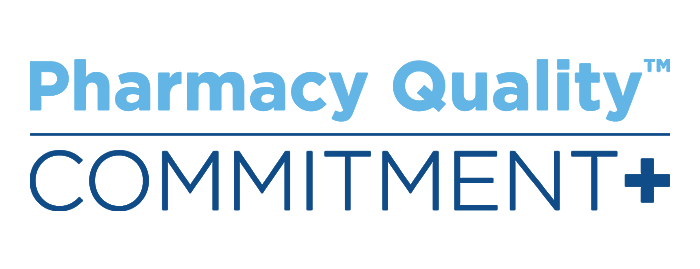Complete Story
FRAIL-AF Trial Article
FRAIL-AF Trial Article
My name is Stuart Dowling, and I am a first-year community pharmacy resident here at Holzer Health System. Originally born and raised in Georgia, I completed my pharmacy education at Philadelphia College of Osteopathic Medicine (PCOM) in Suwanee, GA in 2022. My career passions always resided in ambulatory care which is why I chose Holzer Health System’s community-based program. Holzer Health System is a community health system with two campuses and multiple clinics in the Southeastern Ohio area. In the outpatient clinics I mainly work at, I educate patients on their medications and give recommendations to their providers on how to better optimize their chronic disease management. As part of the program, I am required to do multiple presentations which include disease state overviews to medical residents or on recently approved medications to the clinical pharmacist team. One such presentation was a journal club on the FRAIL-AF trial that I will summarize for you.
The FRAIL-AF trial, which is a pragmatic, multi-centered, randomized, superiority trial, compares currently stable warfarin patients and switching to one of the four direct oral anticoagulants (DOACs, referred to in this article as non-vitamin K oral anticoagulants, or NOACs) for patients with atrial fibrillation (AF). The population studied in this trial had to be an age of 75 years old or greater and are considered frail using a Groningen Frailty Index (GHI) score of 3 or more. The primary outcome was episodes of bleeding. Bleeding episodes were divided between major bleeding and clinically relevant non-major bleeding. The secondary outcome was events of venous thromboembolism (VTE). The FRAIL-AF trial looked to see if the reduced risk of bleeding that was seen in all the historic superiority trials would stay true to patients on the extreme end of what the original trials looked at in terms of age and frailty.
The trial concluded with enrolling 1,330 patients with an average age of 83 years old. The FRAIL-AF trial researchers wanted to mimic real-world scenarios as possible, so it used a pragmatic approach when conducting this trial. However, due to mimicking real world clinical decision making, there was no randomization between the NOAC group with roughly 50% of patients in the NOAC group placed on Xarelto (rivaroxaban). There also was no blinding involved so all trial participants knew which therapy they were receiving. 101 primary outcomes were observed in the treatment arm while 62 events were observed in the controlled arm. The trial stopped enrolling patients early due to the number of events in the treatment arm.
Using the hazard ratio, switching a patient from warfarin to a NOAC who was over the age of 75 and frail was associated with a 69% increased risk of bleeding that was statistically significant. There was no statistically significant difference for the secondary outcome for events of VTE. In conclusion, while NOACs have been shown to be safer and just as effective compared to warfarin in previous trials, warfarin will have continued use for AF patients due to a decreased risk of bleeding well after all the NOACs become generic.
https://doi.org/10.1161/CIRCULATIONAHA.123.066485
Stuart Dowling, PharmD, RPh


